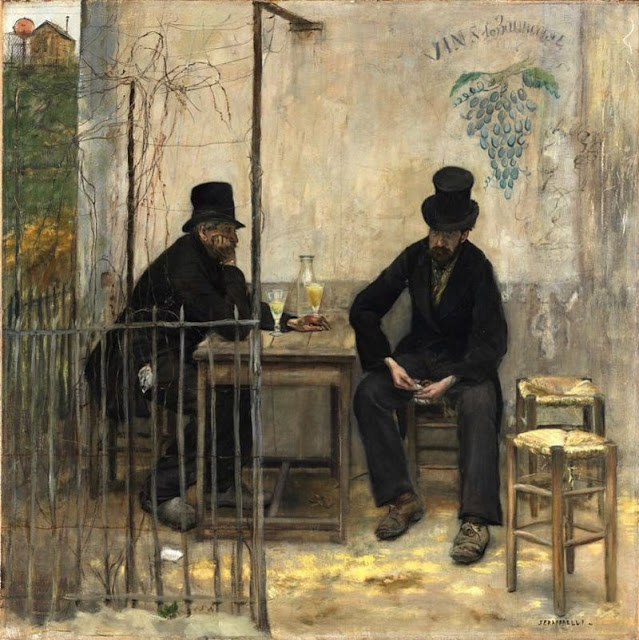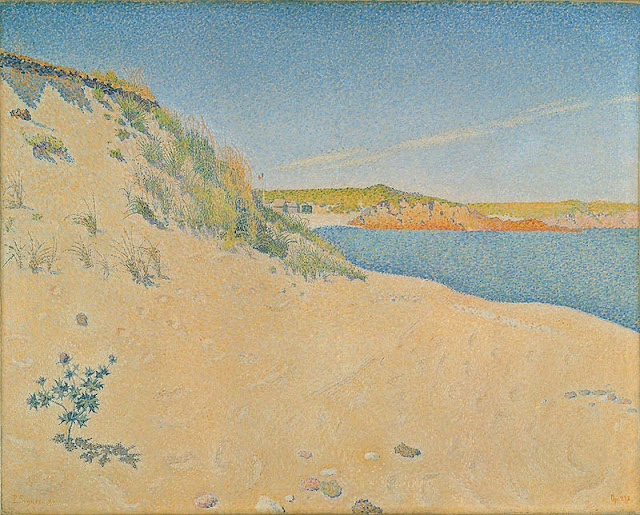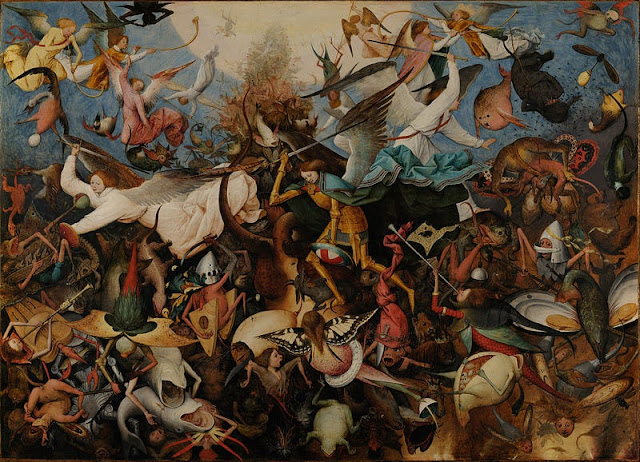How To Recognize An Impressionist Painting? A Guide Through The Impressionism’s Key Characteristics
A little visual guide about the key characteristics of Impressionist paintings. La Seine à Bougival (1872) by Alfred Sisley. Oil on canvas, 46 cm x 73 cm. The Impressionist movement saw its rise toward the second part of the 19th century. Led by the French painter Camille Pissarro, Impressionism challenged the academic approach and became popular in France and many other countries. But what features make the painting considered an Impressionist artwork? Here is a little visual guide that will give you some understanding of the key characteristics that defined the paintings of this colorful movement. Bright sun and natural light 1 — The Gardener, Afternoon, Sun, Éragny (1899) by Camille Pissarro. Oil on canvas, 92.5 cm x 65.4 cm. 2 — The Garden (1873) by Alfred Sisley. Oil on canvas, 46.5 cm x 65 cm. 3 — Champs Elysées, Paris (1889) by Childe Hassam. Oil on canvas. If you look at the Impressionist landscapes, those mostly were surrounded by good weather, warm and sunny. Impressionist pa...



%20by%20Eugene%20Delacroix.jpg)
%20by%20Anders%20Zorn%20featuring%20his%20wife%20Emma%20and%20their%20friend%20Carl%20Gustav%20Dahlstr%C3%B6m..jpg)
%20by%20Anthony%20van%20Dyck..jpg)
%20By%20Edvard%20Munch.jpg)
%20by%20Gustave%20Courbet.jpg)


.%20Oil%20on%20panel..jpg)

